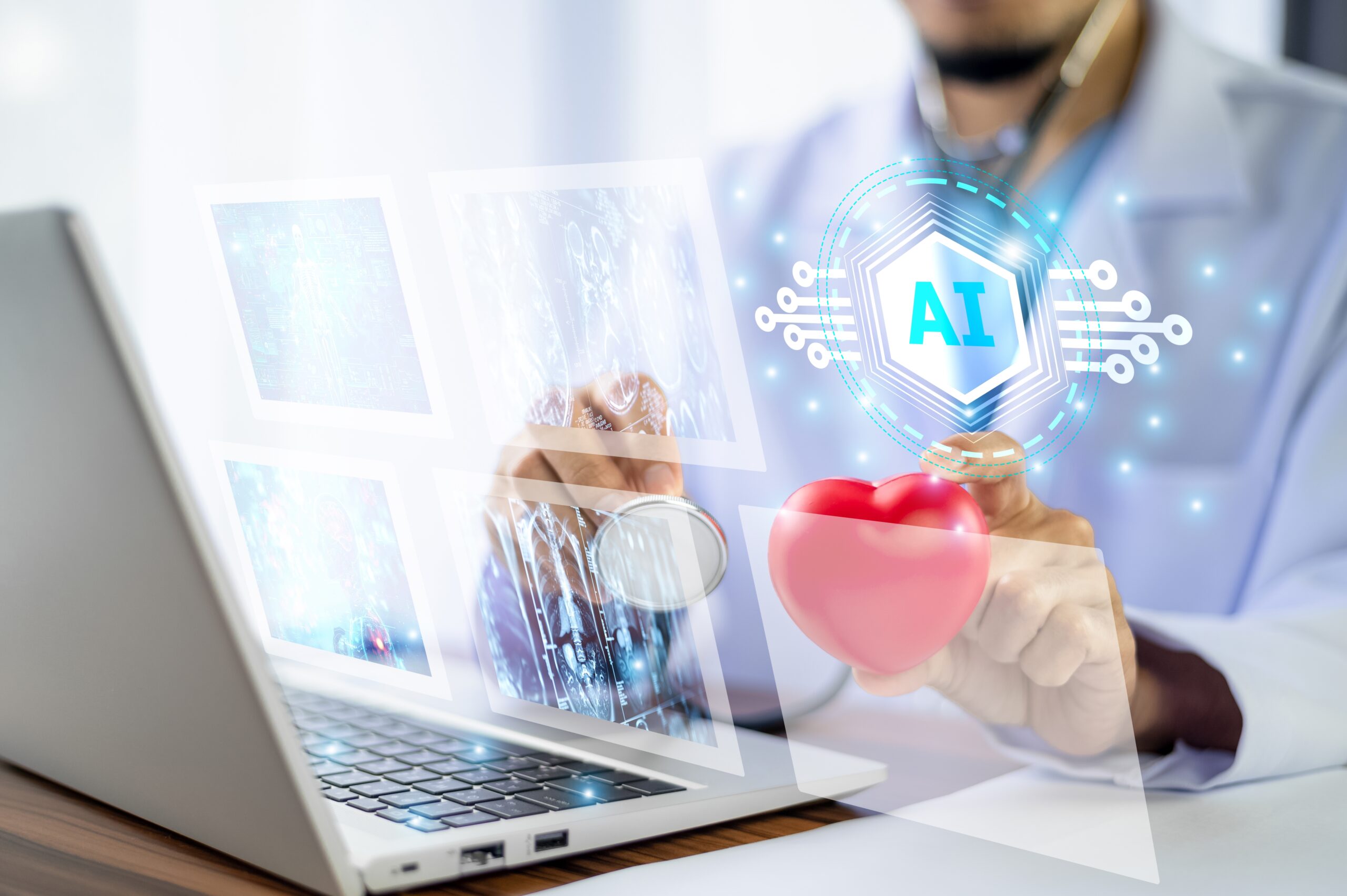
The landscape of healthcare is swiftly transforming, and the capacity to make swift, well-grounded decisions is now more essential than ever for medical practitioners. Clinical Decision Support Systems (CDSS) empower healthcare professionals by providing instantaneous, data-driven insights that refine both diagnostic and treatment pathways. This article delves into how the incorporation of real-time data sharpens the accuracy and efficiency of these pivotal tools.
Why Real-Time Data is Essential in Healthcare
In the medical realm, every fleeting second bears immense weight. The immediacy of real-time data ensures that clinicians operate with the freshest insights, allowing them to make precise decisions regarding patient care. Without this, healthcare professionals risk relying on obsolete information, which can lead to suboptimal treatment results. For instance, imagine a doctor attending to a patient in the chaos of an emergency room.
Real-time updates on the patient’s vital signs, laboratory results, and imaging reports can be a lifeline. This is where Clinical Decision Support Systems (CDSS) truly excel, offering timely, evidence-backed guidance based on the most recent data. In high-stakes environments such as emergency or intensive care, Clinical Decision Support Systems (CDSS) become indispensable, where a split-second decision could mean the difference between life and death.
How Real-Time Data Elevates Clinical Decision Support Systems
When real-time data is integrated into Clinical Decision Support Systems (CDSS), the benefits are manifold:
- Precision in Diagnosis: With live data at their disposal, healthcare providers can fine-tune diagnoses and modify treatment plans in real-time as patient conditions evolve.
- Minimized Errors: The presence of real-time data drastically reduces the chance of human error, providing healthcare teams with immediate access to the latest, evidence-based protocols.
- Streamlined Workflows: Automating the collection and display of real-time data diminishes the administrative load on doctors and nurses, allowing them to focus more on patient care.
In medical education, the influence of real-time data is equally transformative. Differential diagnosis tools for medical students leverage real-time information, teaching future doctors how to think critically and make swift decisions in high-pressure environments, which prepares them for real-life clinical challenges.
The Impact of Real-Time Data on Medical Education
For medical students, particularly those using differential diagnosis tools, real-time data is invaluable in cultivating clinical acumen. These tools recreate dynamic, real-world scenarios, sharpening the ability of students to make well-reasoned, fast-paced decisions. By using up-to-the-minute information, students are better equipped to simulate diagnosing and treating patients in conditions that closely resemble actual clinical settings.
Through the integration of real-time data, medical students can:
- React swiftly to changes in patient conditions
- Make decisions grounded in real-time data
- Master the utilization of Clinical Decision Support Systems (CDSS) for their impending medical careers
This immersive approach ensures that students not only hone their critical thinking abilities but also lay a solid foundation for managing real-time medical data once they transition into clinical practice.
Transform Your Healthcare with Treatment.com AI Inc.
At Treatment.com AI Inc., we provide cutting-edge Clinical Decision Support Systems (CDSS) that harness the power of real-time data. Whether you represent a healthcare enterprise striving to enhance patient outcomes or an educational institution seeking to refine the skillset of future doctors, our tools are crafted to meet your needs. Partner with us today and embark on a journey to revolutionize the way healthcare professionals engage with data, ultimately leading to improved healthcare delivery.